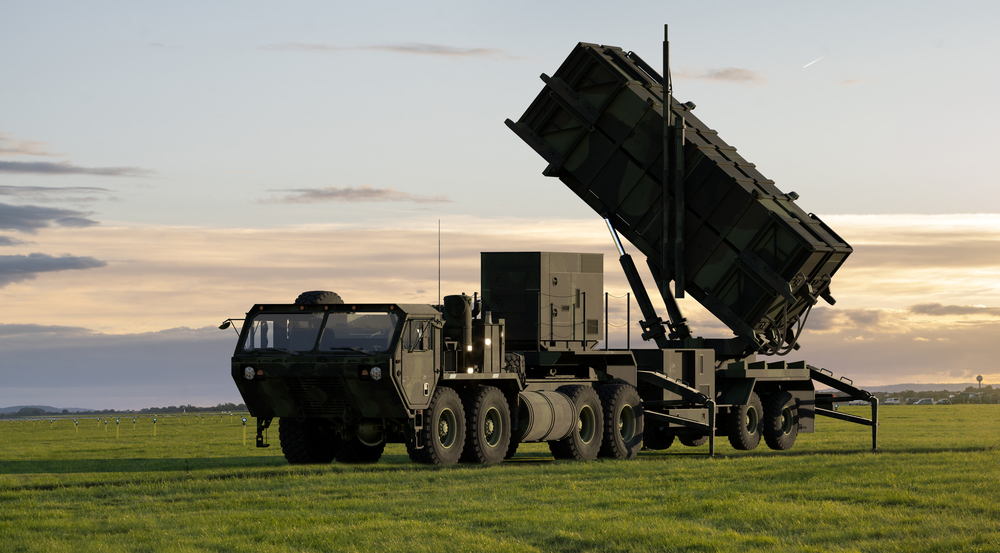American Patriot anti-aircraft missile systems have already shot down 15 Russian Kinzhals aeroballistic missiles launched at Ukraine, reported Air Force spokesman Yuriy Ignat.
"Patriot is capable of intercepting ballistic and aeroballistic missiles such as Kinzhals. The first 'unparalleled' Kinzhals Kh-47M2 was shot down on 4 May. That's when the count started," Ihnat said on Ukrainian television.
At the same time, he noted that the number of Patriots available in Ukraine is insufficient, although Ukraine now has other modern air defense systems. According to Ignat, there were significantly fewer in 2022. President Zelenskyy said Ukraine needs 50 Patriot batteries to defend against Russian attacks.
Ihnat also reported that throughout the full-scale war, Russia has used over 7,500 missiles of all types against Ukraine.
Patriot anti-aircraft missile systems from the US, the Netherlands, and Germany arrived in Ukraine in April 2023. Since then, military experts have discussed the confrontation between Russian Kinzhals missiles and the American Patriot anti-aircraft missile system.
On 19 December, Zelenskyy announced that Ukraine would receive several more Patriot systems this winter. In particular, Germany will provide one of them.
What is the Kinzhals missile?
Until recently, almost nothing was known about Kinzhals, and it is believed that Russia first used Kinzhals in combat in Ukraine. In May 2023, Russia began using Kinzhals more systematically. These launches are clearly aimed at the Patriot complex. On 16 May, the Russian Ministry of Defense claimed the destruction of one Patriot system, although the Pentagon denied this and confirmed only minor damage.

Kinzhals is a hypersonic aeroballistic missile that can fly along a more gently sloping trajectory than a conventional ballistic missile. There are rumors circulating on the Internet that Kinzhals can be equipped with a nuclear warhead, although there is no official confirmation of this.
In Russia, Kinzhals is called a complex rather than a missile because its carrier - the MiG-31K aircraft - is a very important part. It lifts the missile up to 15 km altitude, accelerates and launches the missile, effectively acting as the missile's first stage.
Kinzhals climbs to an altitude of 20 kilometers and accelerates to hypersonic speed - 11,000 kilometers per hour. After entering the dense layers of the atmosphere, it maneuvers towards the ground at an angle close to 90 degrees, which complicates the work of anti-aircraft defense.
Kinzhals are difficult to shoot down due to their high speed, which leaves little time to intercept them after launch. However, this is partially offset by the fact that the MiG-31K may be visible on radar, allowing prediction of the direction from which the missile will be launched.
Russian troops claim the Kinzhals missile can maneuver at all stages of flight, further complicating interception. However, any maneuver, especially at hypersonic speeds, results either in loss of altitude or loss of speed - the main advantage of such weapons.
Read more:
- Ukraine downs one of three Russian Kinzhal missiles targeting airfield with Storm Shadow carriers
- Air Force: Ukraine shoots down 13 Kinzhal "hypersonic" missiles since May 16
- Russian explosive plant, Kinzhal producer hit in overnight drone attack
- Japan to change rules, export Patriots to enable US to send more to Ukraine
- Media: Scholz says second Patriot air defense system to arrive in Ukraine this year





